During our trip to the USA in 2014, we visited three legendary places in the South of the USA: Bryce Canyon, Monument Valley and The Grand Canyon. Each of these places has its own delicate features, but they all have in common to be of an unearthly beauty and they are all overwhelming in their own way.
We started from the North with a short stop in Dixie National Forest. The small patch of very intensively coloured of red rocks was just the beginning of what had to come yet…
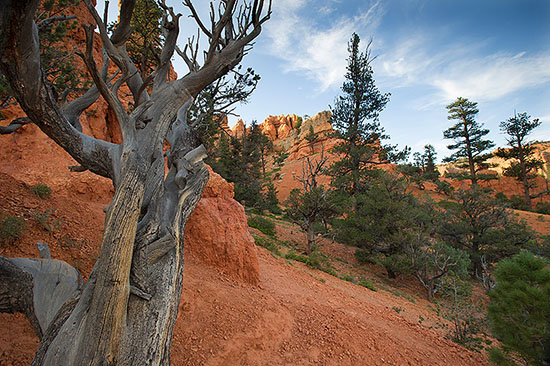
Bryce Canyon and its hoodoos
Bryce canyon is a National Park located in southwestern Utah in the United States. Despite its name, Bryce is not a canyon, but a collection of giant natural amphitheaters along the eastern side of the Paunsaugunt Plateau. There is no place quite like Bryce Canyon. It is wold famous for its reddish-orange ‘hoodoos’. Hoodoos are odd-shaped pillars of rock left standing from the forces of erosion. Hoodoos can be found on every continent, but here is the archetypal "hoodoo-iferous" terrain. Although Bryce Canyon is way smaller than some other canyons, paying a visit to this park might offer one an equally intense experience. The red, orange, pink and white colours of the rocks provide spectacular views, especially when lit by the early or late sunlight. Although images always fail to create the same feeling as when standing there, here’ s an attempt to share the precious beauty of this place.
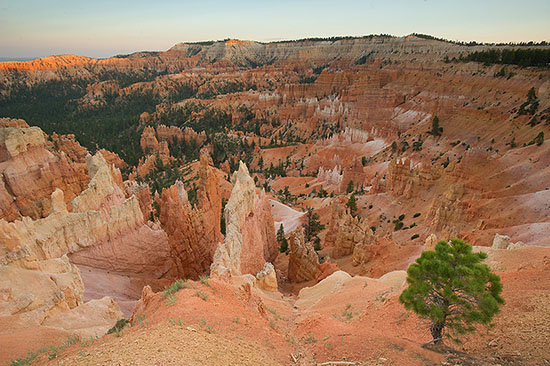
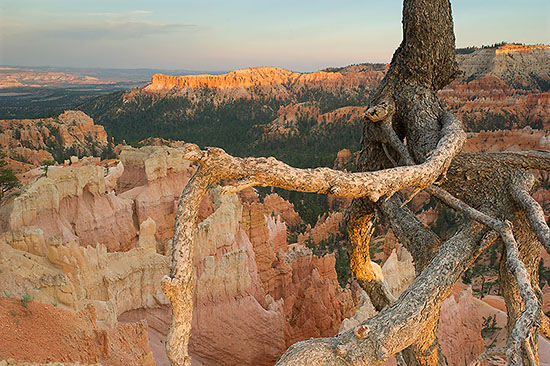
Under here some details from the canyon:
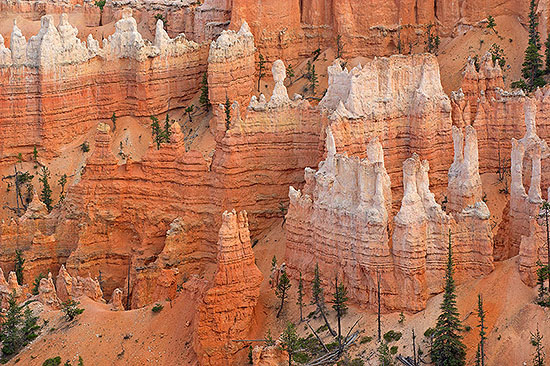
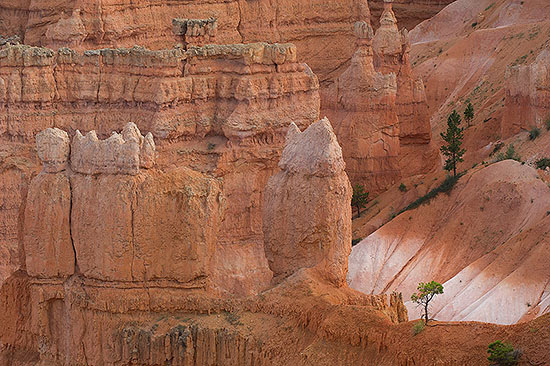
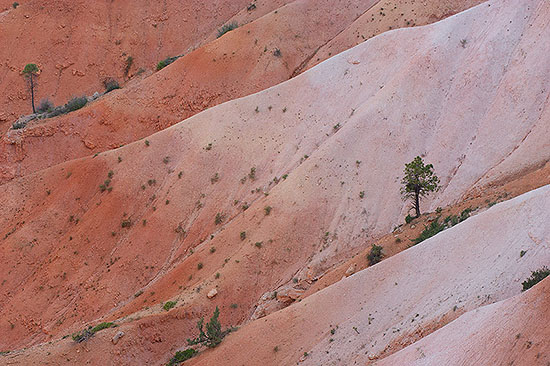
The Park and its surrounding forests offer a rich birdlife. Under here images from Western Bluebird, Sialia mexicana, and White-breasted Nuthatch, Sitta carolinensis. The third image shows a Great Basin Rattlesnake, Crotalus oreganus.
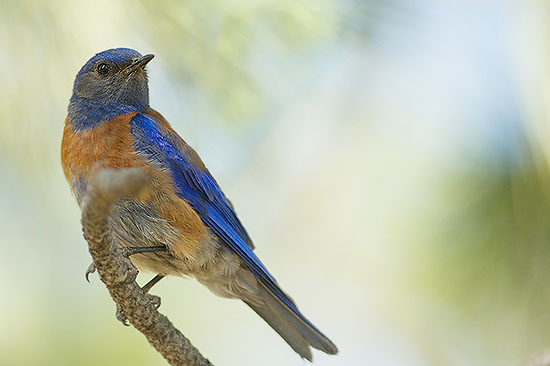
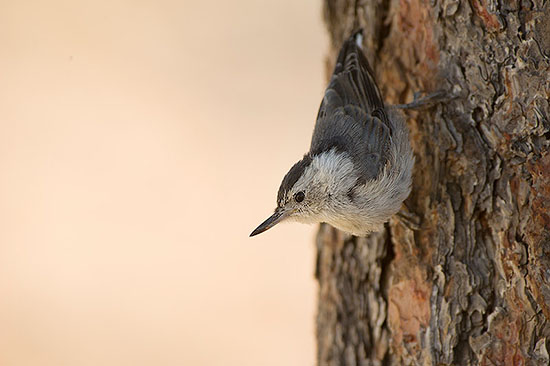
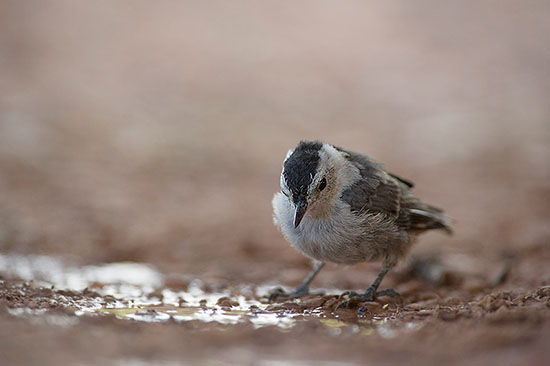
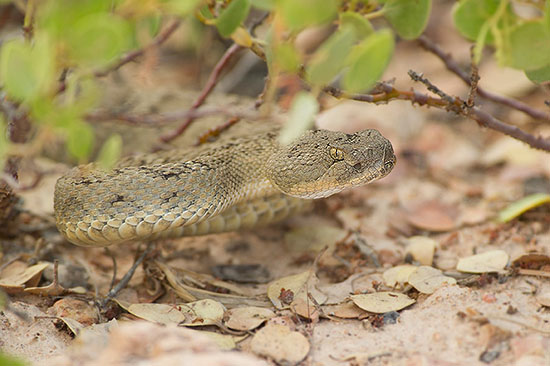
Monument Valley, iconic landscape from the Western movies
Monument Valley is a region of the Colorado Plateau characterized by a cluster of vast sandstone buttes, the largest reaching 300 m above the valley floor. It is located on the Arizona-Utah state line near the Four Corners area. The valley lies within the range of the Navajo Nation Reservation. Again, as Bryce Canyon is not a canyon, Monument Valley is not a valley: there is no stream, nor higher ground to each side and no valley has buttes along its floor… It should actually rather be named the ‘Monument Uplift’, which is part of the general upthrust of the Colorado Plateau. This uplift has pushed the plain up from below, bulging to create cracks that have since eroded to leave only isolated nuggets of hard rock.
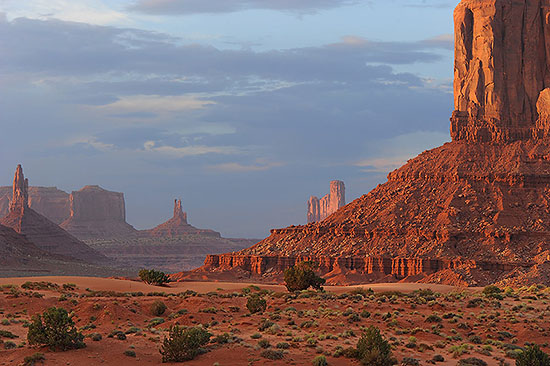
The real star of my Westerns has always been the land… My favourite location is monument Valley… It has everything that land can offer… I consider this the most complete, beautiful and peaceful place on earth. John Ford, Cosmopolitan, March 1964.
In 1925, Monument Valley had already featured in a silent movie, The Vanishing American. In 1938, John Ford brought a crew to the remote desert outpost and started filming ‘Stagecoach’. From their first moment on screen, Monument Valley’s emblematic buttes served as a visual shorthand for the Wild West. Since 1938, dozens of Western movies were made in Monument Valley, including John Ford’s ‘cavalry trilogy’ featuring John Wayne, ‘Fort Apache’ (1948), ‘She wore a ribbon’ (1949) and ‘Rio Grande’ (1950). The spectacle of Henry Fonda’s son smoking marihuana in Monument Valley, in Easy Rider (1969), may have marked an end to the days of the classic Western, but the valley itself has remained in demand for movies. Clint Eastwood performed atop the Totem Pole in ‘The Eiger Sanction’ and Michael J. Fox pursued Indian warriors in ‘Back to the Future III’. Monument Valley was also the vast setting in many of the Roadrunner cartoons.
During our stay in Monument Valley, we were gifted with beautiful evening light and constantly changing cloudy skies. Under here some images.
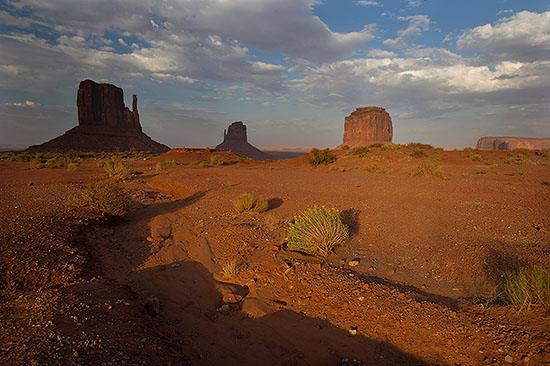
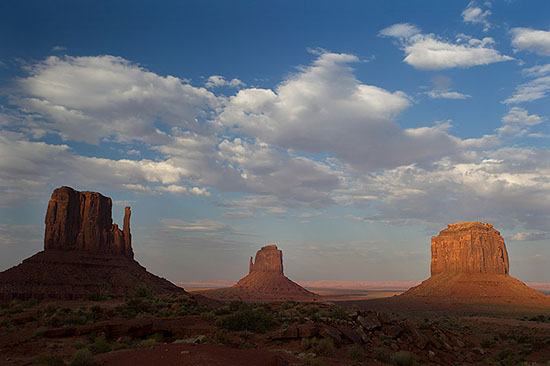
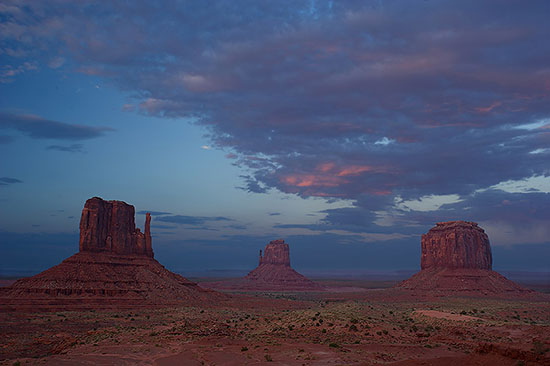
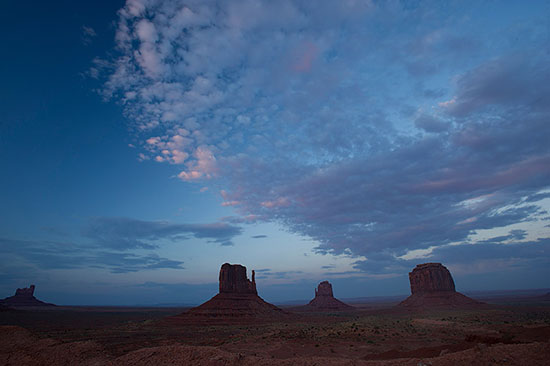
While driving towards the North Rim of the Grand Canyon, the landscape sceneries are changing about every 50 kilometres or so. Under here an image from the badlands and a scene shot on the plateau above the Little Colorado.

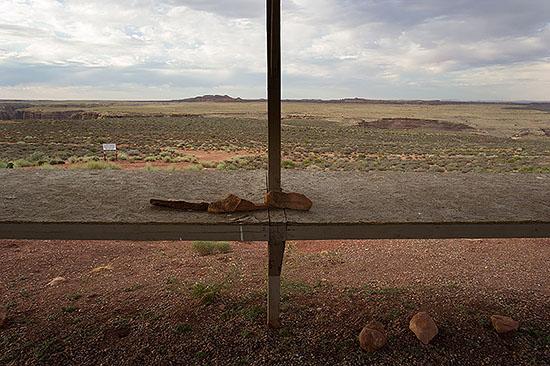
The Grand Canyon, grand it is!
Bryce Canyon isn’t a Canyon and Monument Valley isn’t a valley, but yes, the Grand Canyon is really a canyon! And what’s more, grand it is: the canyon has a length of 435 kilometres, its width varies between 15 and 29 kilometres, and it attains a depth of 1,857 meters.
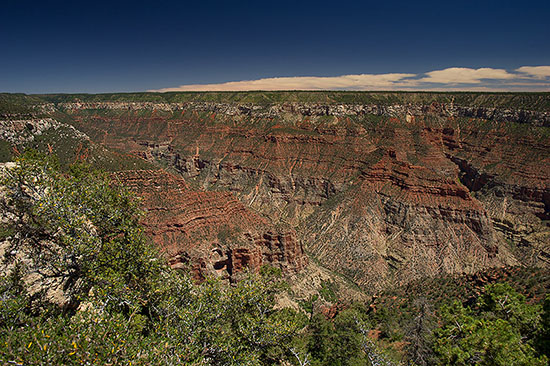
In 1903, President Theodore Roosevelt visited the site and said: ‘The Grand Canyon fills me with awe. It is beyond comparison—beyond description; absolutely unparalleled through-out the wide world... Let this great wonder of nature remain as it now is. Do nothing to mar its grandeur, sublimity and loveliness. You cannot improve on it. But what you can do is to keep it for your children, your children's children, and all who come after you, as the one great sight which every American should see.’ Despite Roosevelt's enthusiasm and his strong interest in preserving land for public use, the Grand Canyon was not immediately designated a national park. However, not much later, the Grand Canyon National Park was named as an official national park in 1919.
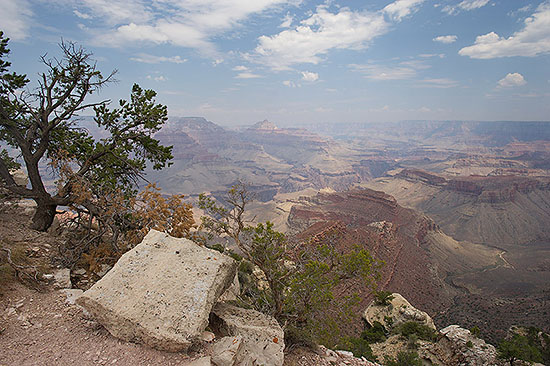
Although the Grand Canyon could be called the world’s clearest geographical textbook, scientist continue to argue over how to read the story written in the stone. The entire canyon was carved out by the Colorado River, but what’s fascinating is that the Colorado plateau is not really flat; it’s actually an enormous hill known by the Paiute Indians as the Kaibab, or mountain with no peak. The Plateau slopes southwards from a ridge that runs roughly about 20 kilometres from the North Ridge. Thus the Colorado River has eaten away a chunk from the hillside, around a third of the way up the southern slope.
Almost all the successive strata of sandstone and limestone were deposited during periods when the entire region was submerged beneath shallow primeval seas. The bottom layer, the two billion year old Vishnu Schist, is so ancient that it contains no fossils! It dates back to the Precambrian era, when life had barely begun. Scientists have long argued over the age of the multi-coloured canyon. Most believed until recently that it was carved out about five or six million years ago, based on the age of gravel washed downstream by the ancestral Colorado River. New dating methods which harness the radioactive decay of uranium showed it is far, far older. Recent research implies that the Grand Canyon was directly carved to within a few hundred meters of its modern depth by about 70 million years ago. Researchers also believe the canyon was likely carved at different times and paces.
But enough theory, on two consecutive days we witnessed an amazing sunset along the South Rim; under here you’ll find some of my favourite images.
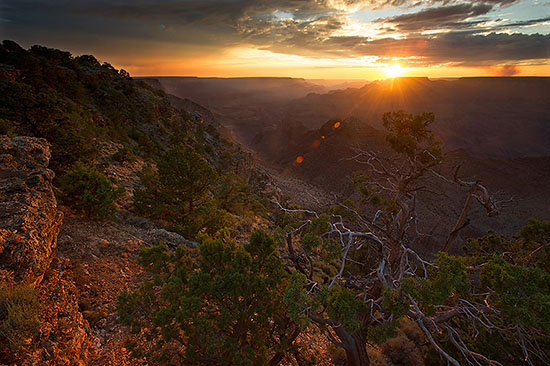
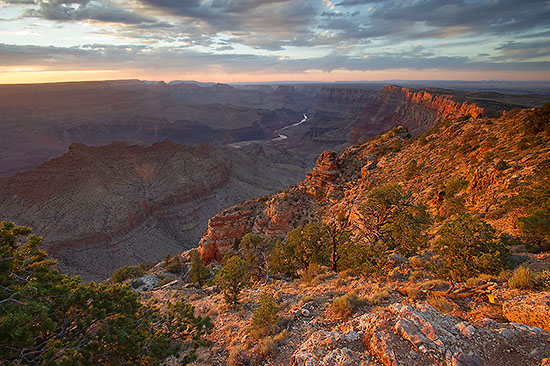

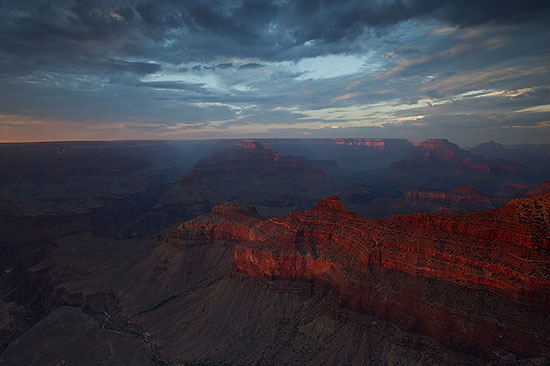
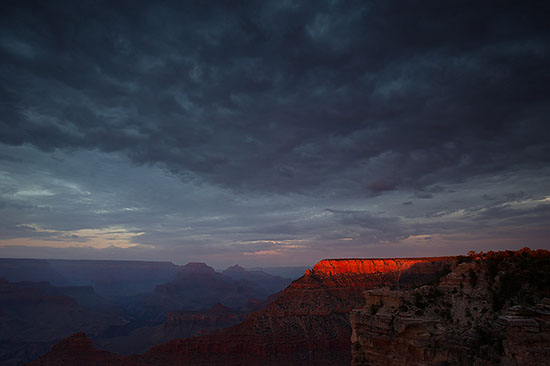
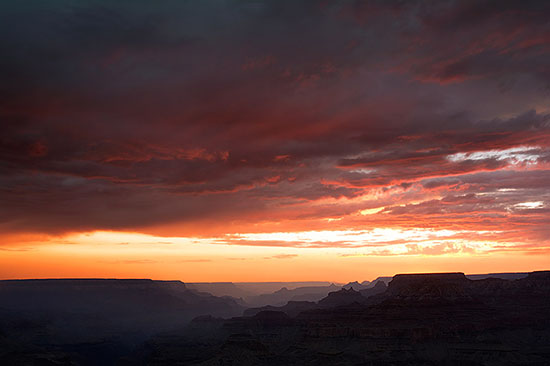
Although our attention was drawn automtically to the grandiose landscpaes, the forests on the Kaibab Plateau and scrub and rocky hillsides are rich in birdlife. Under here images from Cassin's Finch, Carpodacus cassinii, Yellow-rumped Warbler, Dendroica coronata and Pygmy Nuthatch, Sitta pygmaea. All the images were taken on the North Rim (Kaibab Plateau).
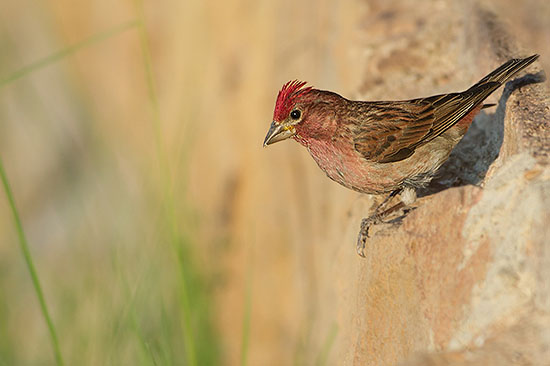
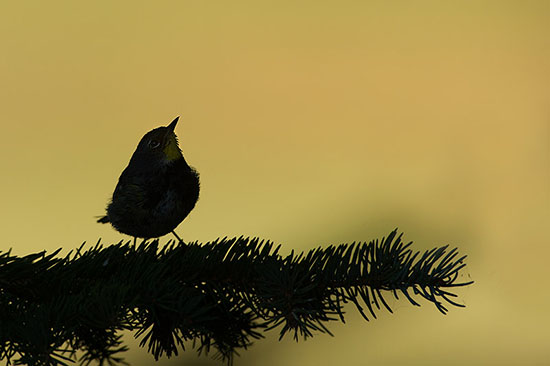
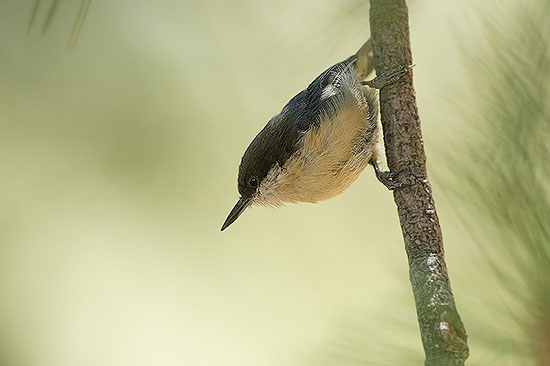
The next image shows a Zone-tailed Hawk, Buteo albonotatus, a species we observed a few times soaring above the canyon.
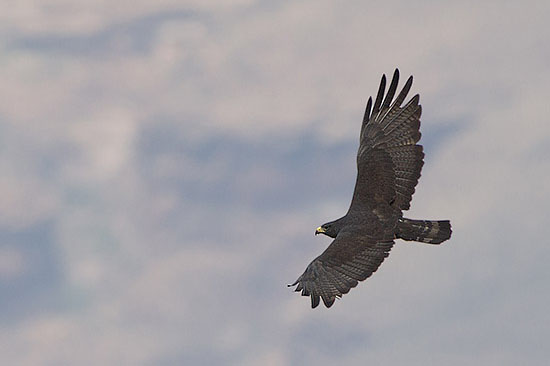
The final image illustrates an adult California Condor, Gymnogyps californianus. We were lucky to observe a group of 8 individuals. The California Condor is one of the most rare and threatened bird of prey in the world. If you want to read more about this critically endangered species, and the reintriduction programmes, click here.

